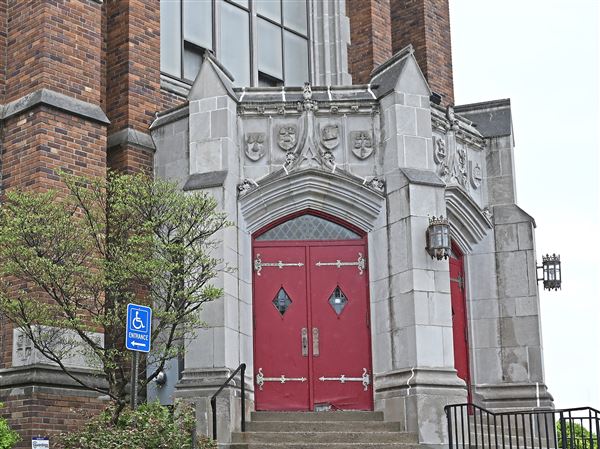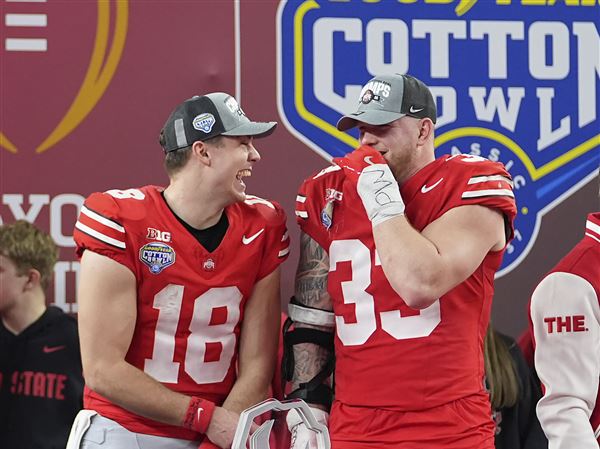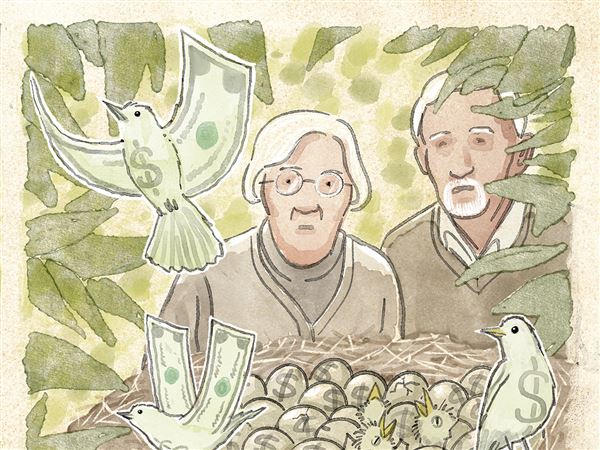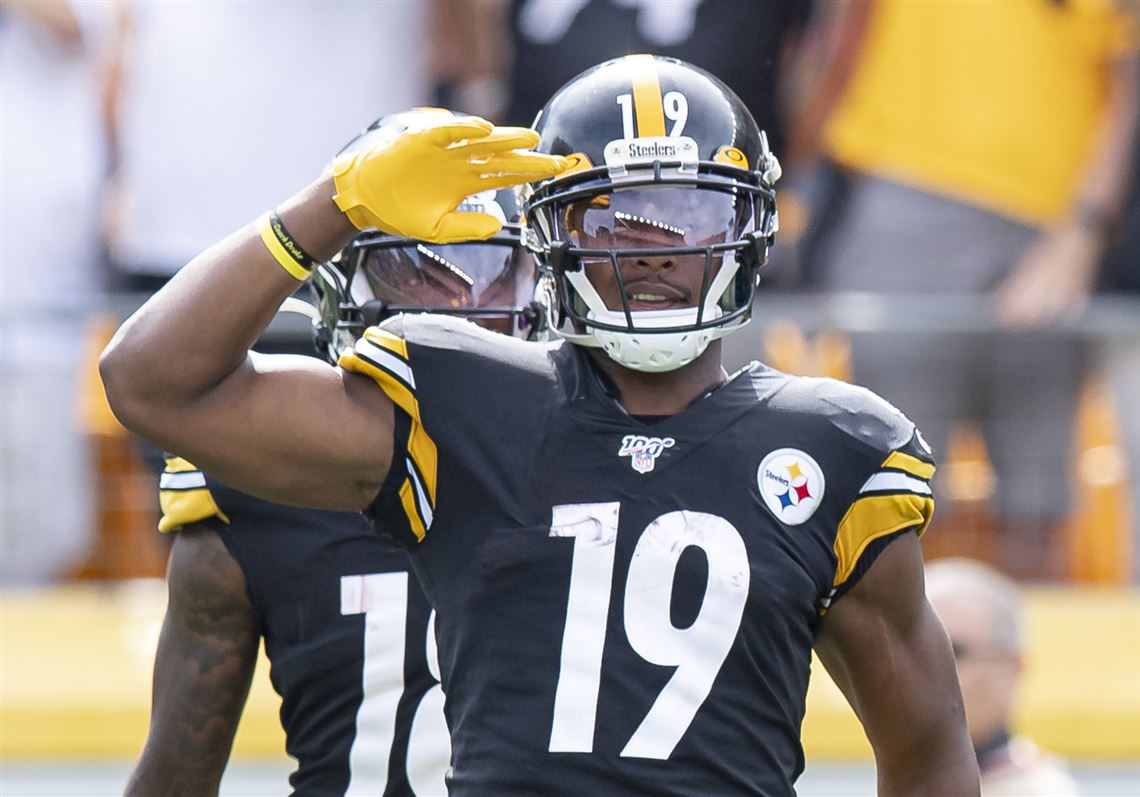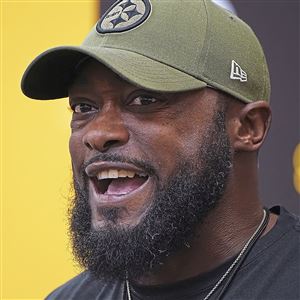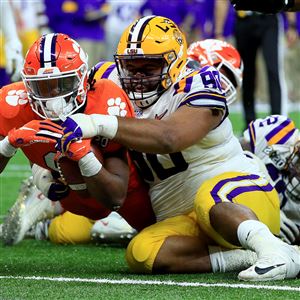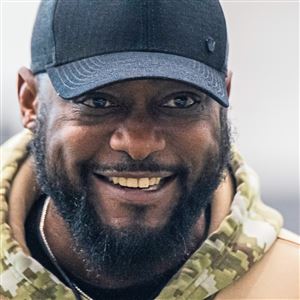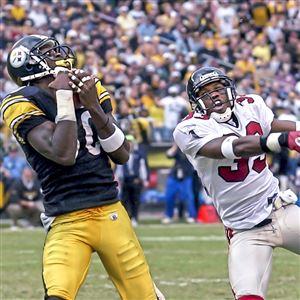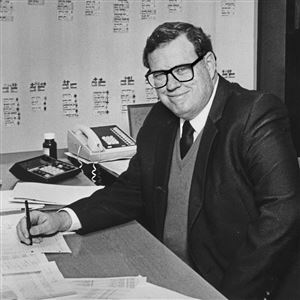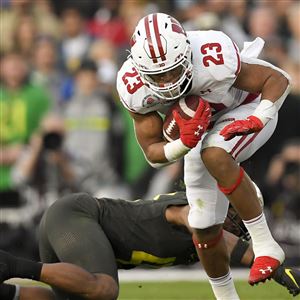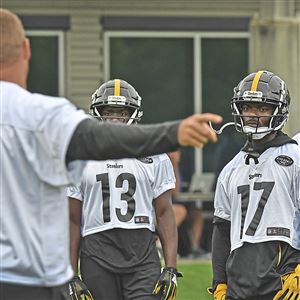The Steelers’ history of drafting wide receivers and having them become productive players in the NFL could be the subject of a Netflix documentary.
They are hoping the same holds true this week when a wide receiver will be high on their priority list in the draft, maybe even with their top pick in the second round.
After a season in which they were the only team to not score at least 30 points in any game and managed just nine offensive touchdowns in the final nine games, the Steelers are searching for playmakers on offense. And the best place to find them is at wide receiver, a position that is considered one of the deepest in the 2020 draft.
Granted, judging the team’s offensive performance in 2019 — most notably the production of their wide receivers — was made more difficult because of the absence of Ben Roethlisberger, who missed all but six quarters of the season with an elbow injury. Team president Art Rooney II and xoach Mike Tomlin have conceded as much. But the Steelers discovered that taking two All-Pro players from their offense — Antonio Brown and Le’Veon Bell — can be more debilitating than imagined.
Even with the 49th overall selection in the draft, the Steelers should have a realistically good chance of getting a productive receiver, preferably a playmaker who has a skill set similar to Brown. There are several who have a chance to be available: TCU’s Jalen Reagor, Arizona State’s Brandon Aiyuk, Colorado’s Laviska Shenault and Penn State’s K.J. Hamler. If they are looking for a taller, more physical receiver along the lines of JuJu Smith-Schuster, they can look no further than his alma mater to get USC’s Michael Pittman, who has both size (6-feet-4, 223 pounds) and production.
No matter which way they choose to go, the Steelers have a solid track record on their side.
Since general manager Kevin Colbert arrived in 2000, the Steelers have drafted wide receivers Plaxico Burress (2000) and Santonio Holmes (2006) in the first round; Antwaan Randle-El (2002), Smith-Schuster (2017) and James Washington (2018) in the second round; Mike Wallace (2009), Emmanuel Sanders (2010), Markus Wheaton (2013) and Diontae Johnson (2019) in the third round; Martavis Bryant (2014) in the fourth round and the biggest plumb of all, Antonio Brown (2010) in the sixth round.
Six of those became 1,000-yard receivers in the league, all but one (Sanders) with the Steelers.
That list doesn’t include Hines Ward, the most productive receiver in Steelers history. He was a third-round pick in 1998, two years before Colbert arrived.
Of course, there wasn’t always success.
Bill Cowher once listed Troy Edwards, a first-round pick in 1999, as the biggest draft bust of his tenure. His reasoning was based on the notion Edwards was the 13th overall pick in the draft and had posted record-setting numbers at Louisiana Tech.
But it is not entirely accurate to list Edwards a bust. He broke Louis Lipps’ team rookie record with 61 catches and had 714 receiving yards in his first season. However, he was let go after three seasons only because the Steelers drafted Plaxico Burress in the first round a year later to pair with Ward.
No, their biggest draft failure at wide receiver was Limas Sweed, a second-round choice (53rd overall) and the ninth wideout selected in the 2008 draft. Sweed was drafted more for his size (6-4, 220) and projected ability than his production. In four years at Texas, he totaled 124 catches, 1,915 yards and 20 touchdowns — meager numbers for a big-time collegiate receiver. Compare that to Edwards, who had 242 catches, 3,703 and 40 touchdowns in his final two seasons at Louisiana Tech.
With the Steelers, he managed just seven catches for 69 yards in two seasons and distinguished himself with several colossal drops in key situations. His coaches tried to tell him to just concentrate on catching the ball instead of trying to always make a big play. It didn’t work.
In the end, the Steelers concluded the stage was too big for Sweed — an astonishing revelation for a player who performed in front of large crowds in a big-time program such as Texas.
There have been other failed picks, such as Dri Archer in the third round in 2014 and Sammie Coates in the third round in 2015. Both players lasted only two seasons with the team and never had the impact expected of them.
But the hits far outweigh the misses when drafting wide receivers. They get another chance to prove it on Friday.
Gerry Dulac: gdulac@post-gazette.com and Twitter @gerrydulac.
First Published: April 19, 2020, 6:07 p.m.


